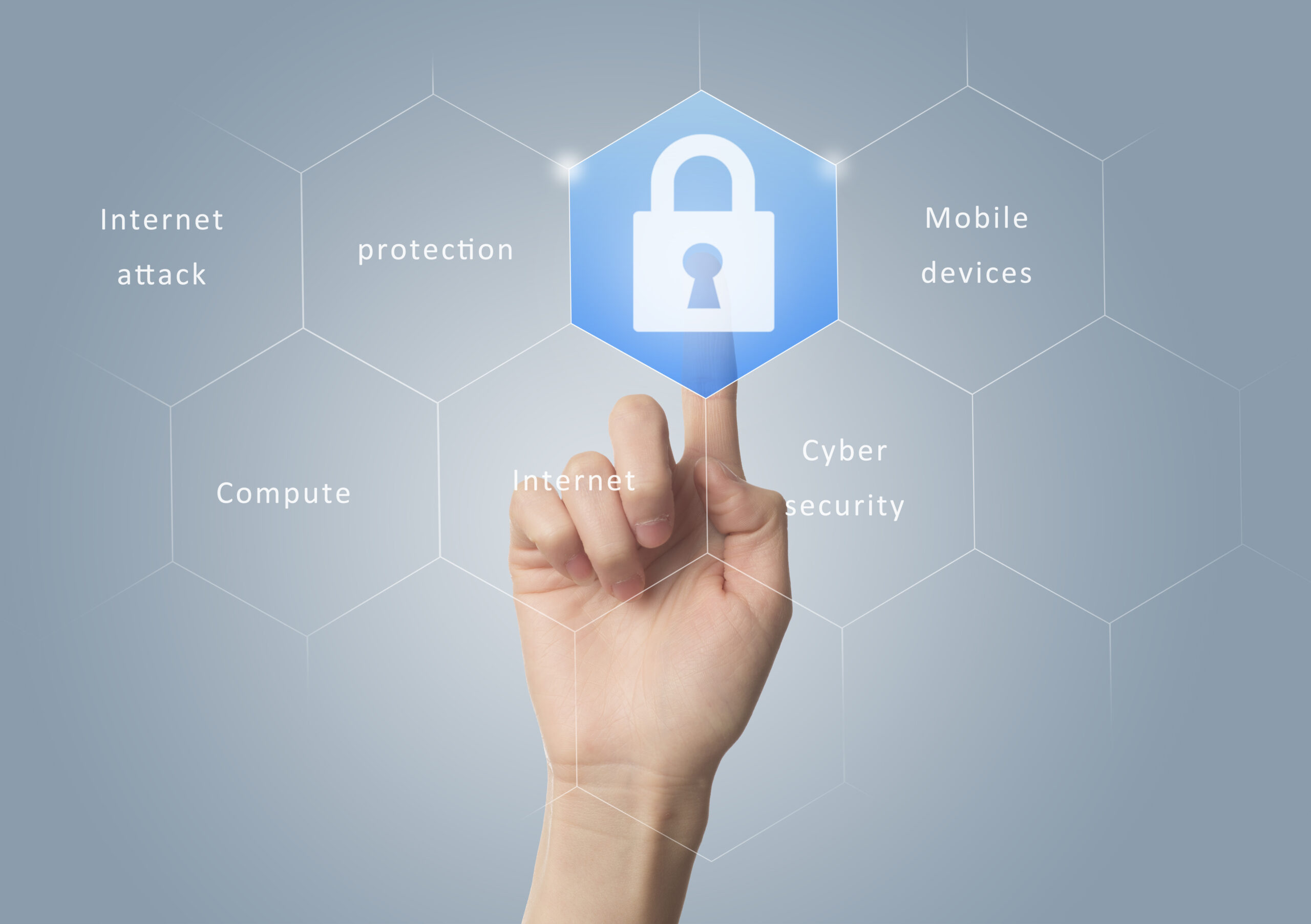The Importance of Multi-Factor Authentication Solutions for Enhanced Security
In today’s digital landscape, securing sensitive data and protecting online accounts are top priorities for individuals and businesses alike. Cyber threats, including data breaches, identity theft, and phishing attacks, are on the rise, and traditional security methods, like passwords alone, are no longer sufficient to safeguard information. One of the most effective ways to enhance security is by using Multi-Factor Authentication (MFA). This article explores what MFA is, why it’s important, and how organizations and individuals can benefit from implementing MFA solutions.
Table of Contents
ToggleWhat is Multi-Factor Authentication?
Multi-Factor Authentication solutions (MFA) is a security process that requires users to provide two or more forms of verification to access an account, application, or system. Rather than relying on a single factor—usually a password—MFA strengthens authentication by combining multiple factors, making it much more difficult for attackers to gain unauthorized access.
The goal of MFA is to provide a higher level of security by ensuring that even if one form of authentication is compromised, additional layers of security will protect the account. MFA typically involves factors that fall into one or more of the following categories:
-
Something you know: This is typically a password or PIN.
-
Something you have: A physical device like a smartphone, smart card, or hardware token.
-
Something you are: Biometric data such as fingerprints, facial recognition, or iris scans.
The combination of these factors significantly reduces the risk of unauthorized access and strengthens the security of online accounts, especially when passwords alone are vulnerable to attacks.
Types of Multi-Factor Authentication
There are several types of authentication factors used in MFA, each offering a unique way to verify a user’s identity:
-
Knowledge-Based Authentication (Something You Know) This is the most common form of authentication. It typically involves a password or PIN. While this is a basic form of security, its vulnerability is clear—if someone gains access to the password, they can log into the system. MFA addresses this weakness by combining passwords with other factors.
-
Possession-Based Authentication (Something You Have) This factor involves something the user physically possesses, such as a mobile phone, hardware token, or smart card. For example, a user may receive a one-time passcode (OTP) on their phone, which they must enter along with their password. Push notifications from authentication apps (e.g., Microsoft Authenticator or Google Authenticator) are also commonly used as a possession factor.
-
Biometric Authentication (Something You Are)
-
uses unique physical characteristics, such as fingerprints, facial recognition, or voice patterns, to verify the user’s identity. Biometrics are particularly effective because they are unique to each individual, making them harder to replicate or steal.
-
Location-Based Authentication (Somewhere You Are) Though less common, some systems use the user’s geographical location to verify identity. For instance, a user might only be able to log into a system if they are in a certain country or region, or if their device’s IP address matches a predefined list.
Popular MFA Solutions
There are various MFA solutions available today, each with distinct features that cater to different user needs:
-
Authenticator Apps Mobile apps like Google Authenticator, Microsoft Authenticator, and Authy generate time-sensitive one-time passcodes that users must enter to complete the authentication process. These apps provide a high level of security because the codes change frequently and are not transmitted over potentially insecure channels like SMS.
-
SMS-Based Authentication SMS authentication is one of the oldest forms of MFA, where a user receives a one-time code via text message. While convenient and easy to implement, SMS-based MFA has its risks, as hackers can intercept messages or use SIM-swapping attacks to gain access to accounts. Despite these vulnerabilities, it remains a popular option for many organizations.
-
Biometric Authentication With the rise of smartphones and laptops equipped with fingerprint scanners or facial recognition technology, biometric authentication has become an increasingly common form of MFA. This method provides a fast and secure way for users to log in, making it especially popular for mobile devices and consumer-facing applications.
-
Hardware Tokens Hardware tokens are physical devices that generate one-time passcodes for use in the authentication process. These tokens are often used by enterprises for high-security environments, as they provide a high level of security due to their physical nature, making them harder for attackers to replicate.
Benefits of Multi-Factor Authentication
The implementation of MFA brings several key benefits:
-
Enhanced Security MFA is one of the most effective ways to protect against cyber threats like hacking and phishing attacks. Even if an attacker compromises a user’s password, they would still need the second form of authentication (such as a smartphone or fingerprint) to gain access.
-
Reduced Risk of Data Breaches By adding additional layers of protection, MFA minimizes the chances of unauthorized access and reduces the risk of data breaches. For organizations handling sensitive customer data, this added layer of security is essential for safeguarding privacy.
-
Compliance with Regulations Many industries are subject to regulations requiring multi-factor authentication, such as healthcare (HIPAA) and financial services (PCI-DSS). MFA ensures compliance with these regulations, helping businesses avoid fines and penalties.
-
User Confidence When users know their accounts are protected by more than just a password, it builds trust and encourages safer online behavior. As data breaches become more prevalent, users are increasingly demanding stronger security measures.
Conclusion
Multi-Factor Authentication is a vital tool in the fight against cybercrime, offering enhanced security and protecting sensitive information. By requiring multiple forms of verification, MFA adds layers of defense against unauthorized access, ensuring that even if one factor is compromised, others will provide protection. Whether through mobile apps, biometrics, or hardware tokens, MFA solutions are essential for both individuals and organizations looking to strengthen their online security. Adopting MFA is a proactive step toward securing personal accounts and meeting the growing demands of cybersecurity.
